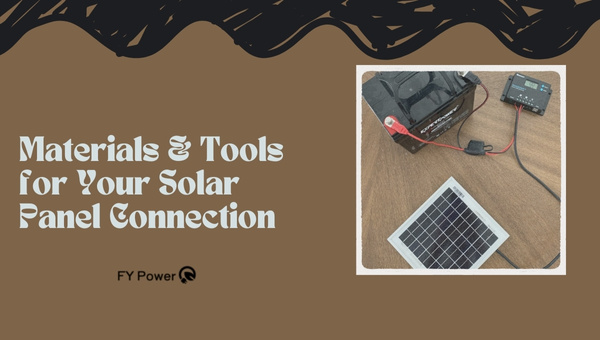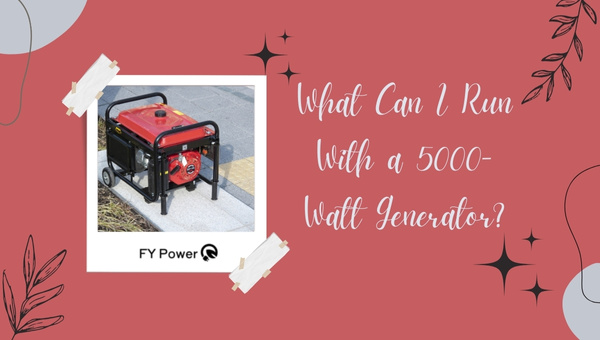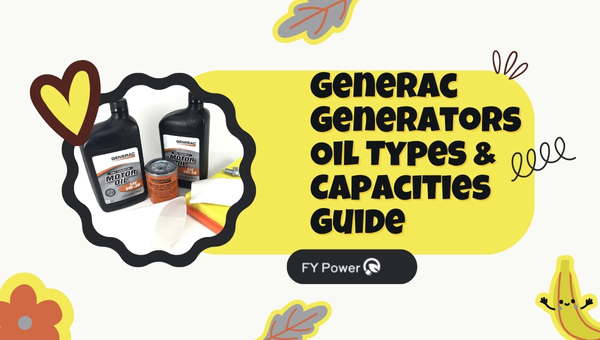Have you ever thought about harnessing the power of the sun straight into a battery? Making a solar panel connection to a battery might seem like rocket science, but I’m here to walk you through it, one step at a time.
In this guide, I’ll share my knowledge and make sure that by the end of it, you’ll feel confident enough to tackle the setup yourself. Whether you’re looking to go green or save some green, connecting your own solar panel to a battery can be an empowering and rewarding experience!
To connect a solar panel to a battery: start by ensuring you’ve got the right materials and tools for safe installation. Understanding your solar wiring diagram is crucial; then comes assembling sturdy cables for connections.
After that, correctly link the charge controller with the battery before securing the solar panels with said controller. The final touch – position those panels well for maximum sunlight!
Materials & Tools Required for Your Solar Panel Connection
Setting up a solar panel connection to a battery needs some important stuff. I’m here to list them all for you in detail, so you have everything ready when you start.

Essential Materials for Solar Panels to Battery Setup
First, let’s talk about the materials you’ll need for connecting your solar panel to a battery. This process is key in building your renewable energy setup.
- Solar Panels: These are the main parts that catch sunlight and make electricity.
- Batteries: They store the power from your solar panels. You can use different types like lead-acid or lithium-ion.
- Charge Controller: This gadget makes sure your battery charges right and keeps it safe.
- Inverter: If you want regular home power (AC), an inverter changes the solar power (DC) from your panels into something you can use.
- Battery Cables: Strong cables link up the battery and charge controller.
Required Tools to Facilitate the Solar Panel Connection Process
Now, onto tools! These are handy items that’ll help you put everything together safely:
- Wrench Set: For tightening nuts and bolts during installation.
- Wire Cutters & Strippers: To cut and prepare wires.
- Screwdrivers: To secure connections on devices like inverters or controllers.
- Multimeter: Tests if cables and components are working right before and after setup.
- Safety Equipment:
- Safety Glasses: To keep your eyes safe when cutting wires or drilling holes
- Gloves: Protect your hands while handling tools or cables
Also Read: Solar Light DIY Ideas: 10 Must-Try Crafty Creations
Step 1: Comprehending Your Solar Panel Wiring Diagram
To make a good solar panel connection, it’s key to get how the wiring diagram works. This diagram shows you where wires go and how your panels, battery, and charge controller fit together. It’s like a map for electricity to follow.
What is a wiring diagram?
It’s a picture that shows how all the parts of your solar energy setup link up together.
Why is it important?
If you connect things wrong, it could break your system or be unsafe. By following the diagram, you do things right and keep safe.
Step 2: Assembling Your Battery Cables
Now let me walk you through making battery cables. These cables need to fit tight and right with your setup.
- First, pick the correct cable size – bigger systems need thicker cables.
- Cut your cable to length – measure twice so you only cut once!
- Strip the ends of the cable – this means removing some of the covers so you can see the metal wire inside.
- Attach connectors to each end – these are bits that let you hook up your cable to the battery and system.
- Use heat shrink tubing over connections – this covers up where the wire meets the connector for extra safety.
Remember, snug fittings mean good connections!
Also Read: DIY Solar Shed Lights: Step-by-Step, Simple 12V Installation
Step 3: Establishing the Charge Controller-Battery Link
The next step is connecting your battery to a charge controller. This part keeps everything safe by making sure your battery charges right without getting too full.
Here’s what to do:
- Check the charge controller manual – find out exactly how they say to hook it up.
- Wire positive (+) from controller goes to positive on battery.
- Wire negative (-) from the controller goes to negative on the battery.
- Make sure connections are not loose – loose wires can make sparks or not work at all!
Checking everything twice never hurts!
Step 4: Fastening the Solar Panel Connection With Charge Controller
Time to connect those panels! Getting them hooked up right means they’ll charge better.
Follow these tips:
- Connect each solar panel’s positive wire (+) together, then do the same for negative wires (-).
- Take those big combined wires and plug them into corresponding spots on the charge controller.
- Ensure that all connections are firm – if wires jiggle free, charging stops!
Getting it snug and secure makes all the difference.
Step 5: Positioning Your Solar Panels For Maximum Sun Exposure
Last but not least, put those solar panels where they will get lots of sun because more sun means more power!
Make sure:
- They face towards where the sun travels in the sky – usually South if you’re in the northern half of the world
- Tilted just right depending on where they sit – different places need different angles
- Nothing’s blocking them like trees or buildings – shadows mean less sun getting through
Also Read: Solar USB Charging: Build Your Own in 7 Easy Steps
FAQs
How long does it typically take for a fully drained battery to charge via solar?
The time it takes to charge a battery depends on the size of the solar panel and the battery’s capacity. Generally, a smaller 12-volt battery may take about 5-8 hours of good sunlight.
Can multiple batteries be connected together? If so, what’s required?
Yes, you can link multiple batteries for greater energy storage. You’ll need proper cabling and connectors and must ensure they’re configured properly in parallel or series based on your power needs.
Does weather affect my solar panels’ ability to charge batteries?
Definitely! Cloudy or rainy days reduce solar panel efficiency, leading to longer charging times. In contrast, clear skies enable maximum sunlight absorption for speedy charging.
Conclusion
After walking through every step, I hope you find connecting your solar panel to your battery less daunting. Remember, the key is to proceed methodically and safely—it’s not just about getting power flowing; it’s about setting up a solar energy storage system that’s reliable and durable.
With these steps, you’re now capable of harnessing the sun’s power and storing it efficiently.
Key Takeaway Points
- Using precise materials is critical for effective solar panel connections.
- Understanding your wiring diagram ensures a smooth setup process.
- Correctly assembling battery cables prevents future issues.
- The link between the charge controller and the battery is vital for safety.
- Proper placement of solar panels maximizes energy efficiency.

